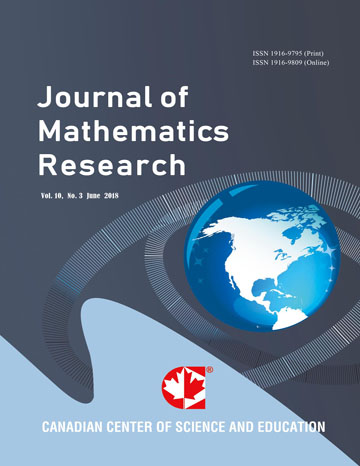Modelling the Effect of Post-mortem Contact on the Spread of Ebola with Quarantine As an Intervention
- Francis Oduro
- Joseph Baafi
- George Apaaboah
Abstract
Ebola virus disease (EVD) is a severe, often fatal disease in humans and other non-human primates caused by infection with any of the four identified Ebola virus species of the family Filoviridae. This paper develops the SEIR and the SEIHDR epidemic models that investigate the effects of the ante-mortem contact and post-mortem contact on the spread of the disease. The reproduction number of the models are determined. The equilibria and conditions for the existence of the equilibria are also determined. The models are solved numerically and the numerical simulations implemented to elucidate various scenarios. The results of the models are then compared to WHO data of confirmed cases for the 2014 Ebola outbreak in Liberia. It is observed that the SEIHDR model agrees better with the data than the SEIR model. Moreover, a new model, the SEIQDR model (a modification of the SEIHDR Model) is formulated which incorporates quarantine as an intervention. Again, this SEIQDR model is compared to the WHO data of confirmed cases for the 2014 Ebola outbreak in Liberia. The results of the SEIQDR model is found to agree better than those of the other models especially in respect of the latter stages of the disease outbreak. Finally, the effect of vaccination on both the SEIHDR and the SEIQDR models is investigated. Different rates of vaccination using numerical simulations in order to predict the effect of vaccination on the infected individuals over time is also discussed. The SEIQDR model with vaccination indicates a lower threshold which should not be less than 25\% as compared to the SEIHDR model for which vaccination should not be less than 65\%. It is observed that vaccination as an additional strategy helps to control the disease more effectively.
 PDF
PDF
